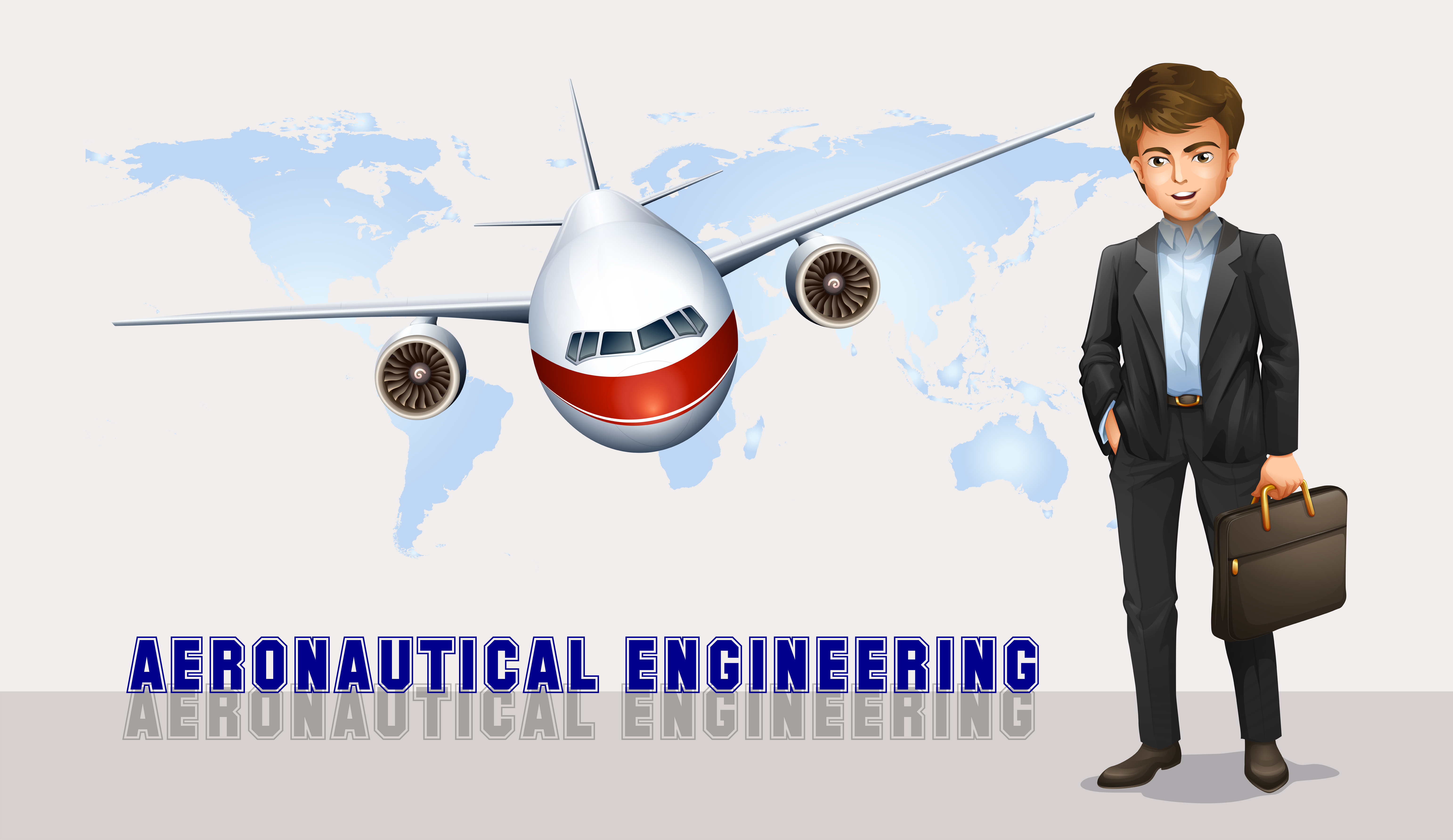Table of Content
- What is Aeronautical Engineering?
- The Discipline of Aeronautical Engineering
- History
- Roots of Aeronautical
- Aeronautical Engineers
- Aerodynamic Analysis
- Aeronautical Engineering vs Aerospace Engineering
What is Aeronautical Engineering?
Aeronautical engineering is the study of designing, building and flying aircraft. The discipline of aeronautical was formerly known as ‘Aerodynamics.’ It has three subdisciplines: aerodynamics, propulsion and structures. The history of aeronautical engineering dates back to the beginnings of flight. The roots of aeronautical engineering can be traced back to the invention of flight when engineers began working with high-speed wind tunnels called supersonic tunnels to investigate their findings. With the advent of flight and a growing need for speed during ground operations, engineers began working with high-speed wind tunnels called supersonic tunnels – to investigate their findings.
Aeronautical Engineering is the Study of Designing, Building, and Flying Aircraft.
Aeronautical engineering is the study of designing, building, and flying aircraft. It’s a subdiscipline of aeronautical science and is closely related to Aerospace Engineering.
Aeronautical engineers design and produce new aircraft and help develop or improve current models for better performance. They may work in many different fields of engineering, including structures (such as wings), engines (including power plants), electronics systems such as avionics or instrumentation systems, mechanical systems such as propellers or transmissions, materials testing facilities . . .
Aeronautical Engineering has three Subdisciplines: Aerodynamics, Propulsion, and Structures.
Aeronautical engineering is the study of how to design aircraft to withstand the forces of flight. It involves three subdisciplines: aerodynamics, propulsion and structures.
Aerodynamic forces act on an object in motion (for example, lift). To understand these forces you need a basic understanding of fluid dynamics and Newton’s laws. The first step toward understanding aerodynamics is knowing what an airfoil is; an airfoil refers to any curved surface with at least one downward direction of airflow (i.e., it directs air downwards). Airflow can flow outwards from any point on the curved surface but not upwards because this would create drag against its weight creating more friction than necessary for flight purposes. Hence, we want it going downwards only with no resistance from gravity because then we’d be able to fly without any engine power required at all!

The Discipline of Aeronautical Engineering was formerly known as ‘Aerodynamics.’
Aeronautical engineering is the study of designing, building, and flying aircraft. It has three subdisciplines: aerodynamics, propulsion, and structures. The discipline of aeronautical was formerly known as “Aerodynamics.”
Many different types of aircraft are in use today such as jet planes or propeller-driven airplanes. These different types all require a different amount of power to achieve flight but there are also similarities between them that make it possible for engineers to develop one type after another with each new design coming along naturally from previous research efforts by others within their field who have already done similar work before them on similar topics at other times in history while they were still alive!
The History of Aeronautical Engineering dates back to the Beginnings of flight.
The history of aeronautical engineering dates back to the beginnings of flight. In ancient times, people built flying machines and made some progress in understanding them. However, it was not until the 20th century that modern aircraft design began with experiments on helicopters and rockets by Russian military pilots such as Igor Sikorsky (1891-1972), Arthur Kornberg (1889-1976) and Sergei Korolev (1907-1966).
The roots of aeronautical can be traced back to the invention of flight. Leonardo Da Vinci’s drawings were published in 1485 as one of his last works; they show how he envisioned aeroplanes using artificial wings powered by clockwork mechanisms connected like a chain link fence – similar to some modern-day drones today!
Note: If you are facing any issues related to Technical Writing in your Engineering field then Go for – Aimlay Writing
The Roots of Aeronautical Engineering can be traced back to the Invention of Flight.
The roots of aeronautical engineering can be traced back to the invention of flight. This major milestone in aeronautical history was a major milestone in aviation, and an important part of it is still today.
Aeronautical Engineers are Responsible for Designing Aircraft from start to Finish.
Aeronautical engineers are responsible for designing, building and flying aircraft. They design the systems that allow a plane to fly safely and efficiently in a wide range of conditions. They also evaluate existing designs to identify problems before new ones are built or updated.
The aeronautical engineering field has many sub-disciplines, including propulsion (propellers), structures (wings), and materials science.

Engineers Relied on Wind Tunnels for Aerodynamic Analysis before Aerodynamics came into play in Aircraft Design.
Engineers relied on wind tunnels for aerodynamic analysis before aerodynamics came into play in aircraft design. Wind tunnels were used to test aircraft wings’ and fuselage aerodynamic properties. The first wind tunnel was invented in France by Charles Renard in 1891. In 1923, a major breakthrough occurred when Sir George Cayley proposed his theory of flight based on what he observed using a stationary model; this led him to develop an airfoil shape that gave lift without requiring any extra weight or drag (the power required for flight).
With the advent of flight and a growing need for speed during ground operations, engineers began working with high-speed wind tunnels – called supersonic tunnels – to investigate their findings.
With the advent of flight and a growing need for speed during ground operations, engineers began working with high-speed wind tunnels – called supersonic tunnels – to investigate their findings.
Aeronautical engineers use wind tunnels to test aircraft designs before they’re built. For example, an airframe might be tested in a wind tunnel at Mach 1 (1,000 mph). This can help determine whether your new design will fly or not.
Aeronautical Engineering vs Aerospace Engineering
Aeronautical engineering is a sub-discipline of aerospace engineering. It focuses on the design, manufacture, and operation of aircraft. “Aeronautical engineers” work in aerodynamics, propulsion and structures.
Aerospace engineers design space vehicles for civilian or military use. They also build satellites, launch vehicles and spacecraft used for research purposes; develop new technologies that can be applied to these fields; conduct research related to these areas; create advanced manufacturing techniques which help produce complex parts more efficiently; test prototypes before they’re launched into space (or water); keep track of everything from how fast it’s going through its course once launched up there…
So, what is aeronautical engineering? Aeronautical engineers work in the field of designing and building aircraft. They are responsible for everything from designing new models to testing prototypes. Most aeronautical engineers only have a bachelor’s degree (or less) in engineering, but some may want to continue their education after graduating with an MBA or another master’s degree in aerospace engineering or mechanical engineering. If you’re interested in becoming an aeronautical engineer, we recommend taking some classes at a local community college or university before enrolling in graduate programs

